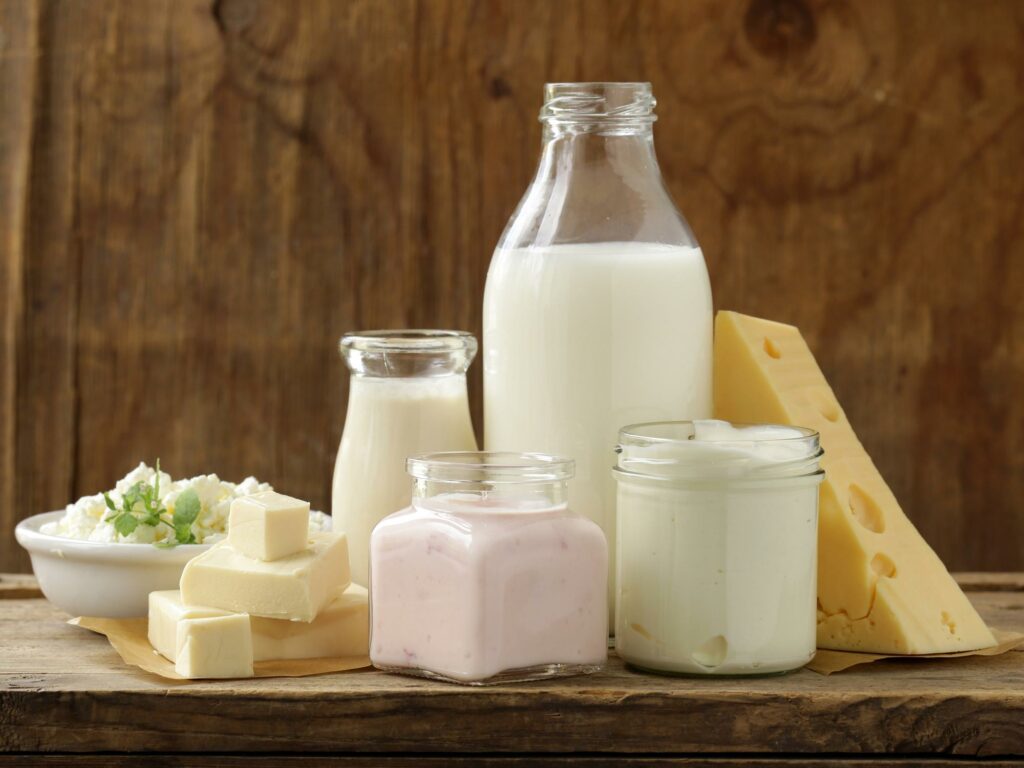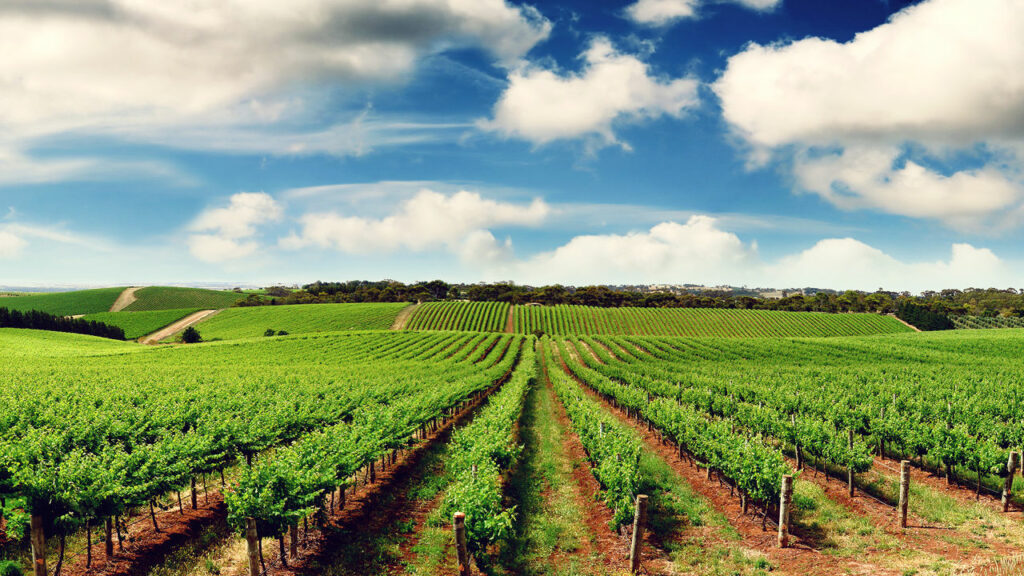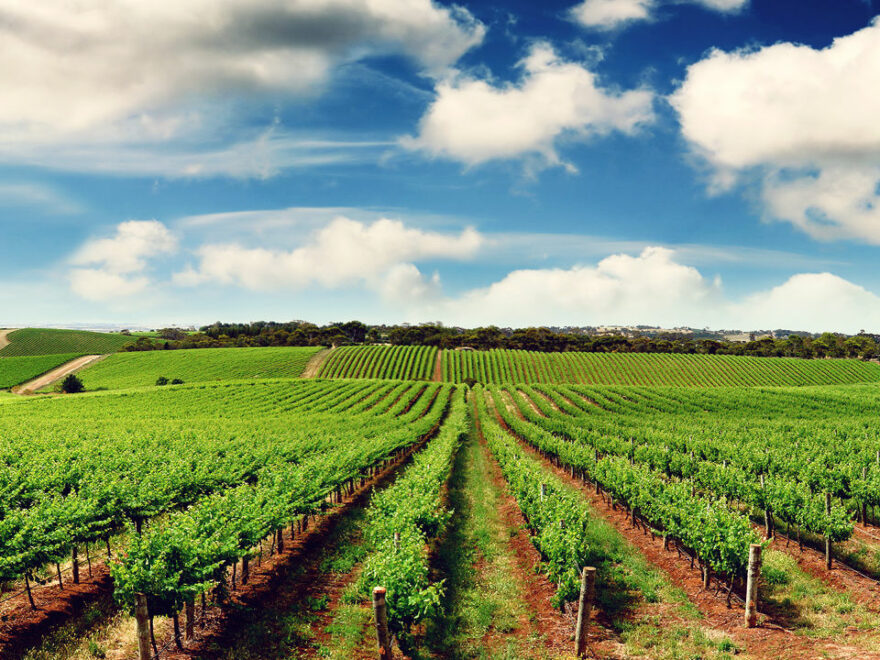It may seem baffling why organic food is so expensive as compared to conventional food. After all, isn’t organic food grown and produced without the use of complex chemicals and processes? Shouldn’t less processing make for lower costs and increased affordability?
Unfortunately, this is not the case. In most cases, organic products are more expensive than their conventional counterparts, at times costing more than twice as much! When you sit down to look at the facts however, there are many factors which go into that organic price tag, and we’re about to walk through each of them.
What is Organic Food?

According to the USDA’s Organic 101 series, each and every food item that is certified organic has been determined to be in accordance with the federal standards and very specific policies of organic agricultural practices. These guidelines apply to but are not limited to: “soil quality, animal raising practices, pest and weed control, and use of additives.”
What are the Key Differences Between Organic and Conventional Foods?
- Pesticides/Fertilizers/Weed Control: Organic food is grown without the use of synthetic pesticides, fertilizers, or weed sprays. However, natural versions of these products may be used, such as pesticides derived from essential oils. Any substance which is used for organic farming is verified to meet the USDA criteria for approved substances permitted for use in organic farming.
- Soil/Water Quality: The land on which organic products are raised, and its associated water supply, are determined to be free of any forbidden substances or farming practices for at least the prior 3 years.
- Animal Feed: Feed for organically raised livestock animals is always 100% certified organic.
- Animal Living Conditions: Organically raised livestock animals live in conditions which allow them to carry out their “natural behaviors”, such as free foraging. The animals are also never given hormones or antibiotics. If an animal ends up requiring antibiotics due to illness, the animal is no longer considered organic.
- Synthetic Ingredients/GMOs: Certified organic foods are always free from artificial flavors and colors or any other synthetic ingredients. Also, the use of or contact with genetically modified organisms is prohibited.
Why is Organic Food More Expensive? 8 Reasons!
Now that we understand the basic differences between organic and conventional produce items and conventionally vs. organically raised animal products, let’s get into the specific reasons why organic foods are so much more expensive than conventional versions of the same item.
1. Organic Farming Supplies Are More Costly
Simply put, all of the products and goods that make organic farming possible are more expensive to start with. From the certified organic seeds required to even get things growing in the first place, farmers that intend to have an organic operation are going to be paying more right out of the gate.
Natural pesticides tend to be more expensive than chemical pesticides, a cost which is compounded by the fact that natural pesticides often require a more frequent application in order to be as effective as their synthetic counterparts. The same goes for natural fertilizers and weed control substances.
2. Organic Foods Require More Time

In the battle of fast food vs. slow food, organic is definitely in the slow category. Without chemical fertilizers or to make hardy, productive plants in a jiffy, organic crops take their time to achieve their full size and ripeness.
This applies to the dairy industry as well, as organic dairy cows take longer to produce the same quantity of organic milk as compared to that of conventionally raised cows. This is because organic cows are not given any growth hormones to stimulate milk production.
Such is the case with other organic livestock animals, as these animals will grow to adulthood as a result of their natural diets and grazing patterns only, as opposed to being fed high-calorie feed and hormones that hasten their growth and development in an unnatural, and oftentimes detrimental, way.
3. It Takes More Labor to Grow Organic Food
Labor costs for organic production are much higher than costs for an equal amount of conventional produce. This is due to the fact that your average organic farmer must spend more of their time (and their paid employees’ time) battling pests, pulling weeds, and protecting against plant-borne diseases as they do not rely on chemicals to take care of these tasks for them.
In addition, without the availability of chemical fertilizers, organic farmers must maintain soil fertility manually. They do this using a method called “crop rotation” which means the same crop is never planted in the same field year after year, as doing so would deplete the soil. Instead, alternative crops are planted or the land may be given a season “off” in which a cover crop is planted to re-energize the soil. As you might expect, all of this takes time, labor, and money, as a cover crop means there will be no saleable food produced from that particular plot of land that season.
4. Improved Living & Farming Conditions are More Expensive
Organic farming methods prioritize the wellness of farm workers as well as the plants and animals that live on the farms. Most organic farmers deem the higher costs well worthwhile if it means protecting themselves and their crew from unsafe working conditions and associated health risks.
Also, improved animal welfare goes hand in hand with organic farming practices, as organically raised animals typically live in less crowded, more pleasant environments. As mentioned above, organically raised animals are required to have some access to adequate fresh pasture, air, and sun as opposed to livestock that is raised on conventional farms.
5. Organic Crops Experience Higher Rates of Loss
It’s a fact that organic produce is more susceptible to the elements, whether it be drought, disease, pests, or illness. This is due to the fact that many non-organic substances are extremely effective at protecting plants and animals from the dangers they face. Without the use of pesticides to shield crops from insect damage, chemical fertilizers to bolster them against tough weather and soil conditions, and regular antibiotics to protect livestock against illnesses, more crops and animals succumb to these conditions.
This susceptibility of organic foods results in relatively small volumes of marketable crops and livestock, as compared to non-organic farms which experience a higher yield rate across the board.
6. Supply & Demand Are Out of Balance

Hearkening back to economics class is a reminder of one key business concept which greatly affects the cost of organic food: supply and demand. Simply put, the higher the supply of a product, the lower the demand and the lower the price. At the same time, as the supply of a product decreases, the demand and the cost simultaneously increase.
In most regions and for the majority of products, the organic food supply is lower than the demand, meaning there is not enough of it to go around. This imbalance causes the prices to remain higher as compared to those of conventional food items.
7. Post-Harvest Handling Costs are Proportionally Higher
Organic farmers face not only the cost of producing the food itself, but on top of this, the costs associated with marketing and distributing their goods. As mentioned above, organic food production occurs in relatively small quantities as compared to conventional food production. But yet, each crop still must be processed, packaged, and transported in the same ways. Therefore the processing, packaging, and transportation cost per organic food item is typically higher as opposed to a conventionally grown item.
As organic food grows in popularity and availability, this distribution chain can become more efficient for farmers, helping them to reduce costs while they continue to produce the same quality of organic food as always.
8. Organic Certification Costs Money (and Time!)
It’s one thing for organic farms to claim that they abide by organic practices, but it’s another thing entirely to be certified as such. Organic certification is one of the most stringent food certifications, requiring regular inspections, an annual fee, and detailed record keeping. This level of intensive management ends up costing the farmers and employees more time as they contend with all of the requirements–and as we all know, time is money!
Sometimes, food producers might even have to buy new equipment or revamp procedures in order to comply with the standards that organic operations must abide by.
Once the farm is deemed to indeed be producing certified organic products, they may package their food items with a “certified organic” label, alerting customers that the production has been evaluated and verified to meet organic requirements. Organic certification is just one of several labels you may encounter at your farmers market or grocery store–check out our full shopper’s guide to such terms!
Now You Know Why Organic Food is More Expensive!

It all boils down to answering the question: is the price tag of organic food worth it? Ultimately the choice is yours whether you opt to buy organic or conventionally grown food. From decreased exposure to chemicals to better nutrition, there are a number of proven and anecdotal benefits to choosing organic food over conventional food, as well as the fact that buying organic is one of a few ways you can eat more sustainably.
Unfortunately, there are downsides as well. Organic food products can be cost prohibitive for some folks as well as the fact that sometimes conventionally grown food may have a better look and taste. And, there is always the bottom line that growing food in organic environments takes longer–not ideal in a time where producing enough food to feed the ever-growing population is at issue.
As time marches forward however, the trends indicate that organically farmed food will become more and more affordable (to grow as well as to buy!) and become better tasting and looking as crops are improved year after year. The more consumers that choose these types of products, the more they will be grown over conventional items, helping to ensure a future for healthy farmers and making humane and sustainable agriculture accessible to all.
